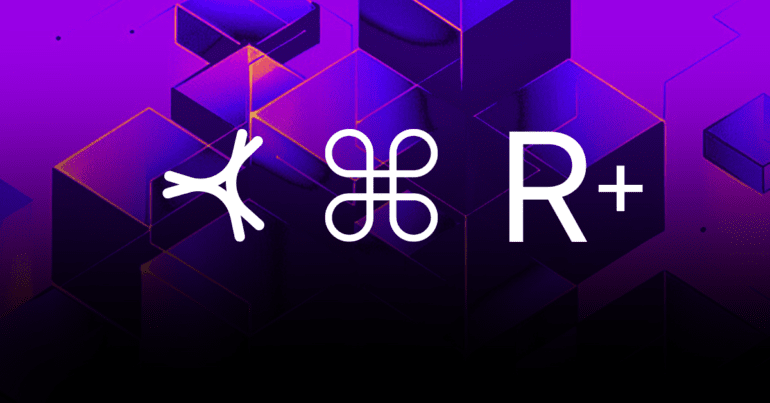- C4AI Command R+ by Cohere sets new industry standards with 104 billion parameters, rivaling top AI models.
- Its architecture includes advanced features like multi-step tool utilization and Retrieval Augmented Generation (RAG).
- Specifically designed for coding tasks, offering code refactoring, snippet generation, and detailed code elucidations.
- Supports ten languages, promoting global accessibility and cross-cultural collaboration.
- Demonstrates prowess in reasoning, summarization, and question-answering tasks.
- Released under a CC-BY-NC license, reflecting Cohere’s commitment to open research and ethical AI usage.
- Developer-focused optimization enhances productivity and innovation in projects.
Main AI News:
In the ever-evolving landscape of artificial intelligence (AI), Cohere’s latest release, C4AI Command R+, emerges as a game-changer, setting unprecedented standards in the industry. Boasting a staggering 104 billion parameters, this state-of-the-art model stands tall among its predecessors and contemporaries, including Claude-3, Mistral-large, and the formidable GPT-4 Turbo, across various cognitive and computational domains. Rooted in the ethos of open-source innovation, C4AI Command R+ underscores Cohere’s dedication to advancing AI technology while ensuring its accessibility to researchers and developers worldwide.
One of the standout features of C4AI Command R+ is its remarkable architecture, integrating advanced functionalities such as multi-step tool utilization and Retrieval Augmented Generation (RAG). This unique framework empowers the model to execute intricate, multi-step tasks and deliver contextually relevant responses, setting a new benchmark for AI capabilities. Notably, Command R+ is tailor-made for coding tasks, offering a spectrum of functionalities including code refactoring, snippet generation, and comprehensive code elucidations, thus serving as an invaluable asset for developers seeking to streamline their workflows.
Moreover, “Command R+” transcends linguistic barriers, supporting ten languages, including English, French, Spanish, Italian, German, Portuguese, Japanese, Korean, Arabic, and Chinese. This expansive language support amplifies the global reach of AI, fostering innovation and cross-cultural collaboration across diverse communities.
Part of Cohere’s overarching mission to democratize AI research and tools, the Command R+ model embodies inclusivity and accessibility. Equipped with extensive toolkits and multi-hop capabilities, the model encourages users to explore the vast landscape of AI applications, underpinned by an optimized transformer design fine-tuned through supervised and preference-based training. This meticulous approach ensures that Command R+’s outputs align closely with human preferences, emphasizing utility and safety.
Key Insights:
- Cutting-edge AI Capabilities: With 104 billion parameters, C4AI Command R+ rivals leading models like Claude-3 and GPT-4 Turbo, excelling in reasoning, summarization, and question-answering tasks.
- Multilingual and Versatile: Supporting ten languages and optimized for diverse applications, including coding tasks, Command R+ emerges as a versatile tool catering to a global audience.
- Pioneering Technology: Leveraging multi-step tool utilization and retrieval augmented generation (RAG), Command R+ demonstrates prowess in handling complex operations and delivering contextually grounded responses.
- Openness and Accessibility: Released under a CC-BY-NC license, Command R+ epitomizes Cohere’s commitment to open research, fostering experimentation and ethical AI usage.
- Developer-Focused Optimization: Tailored for coding tasks, Command R+ empowers developers to enhance productivity and innovation in their projects, driving efficiency and effectiveness.
Conclusion:
As the AI landscape continues to evolve, models like C4AI Command R+ emerge as catalysts for transformative change, pushing the boundaries of intelligent computing and ushering in a new era of innovation.

